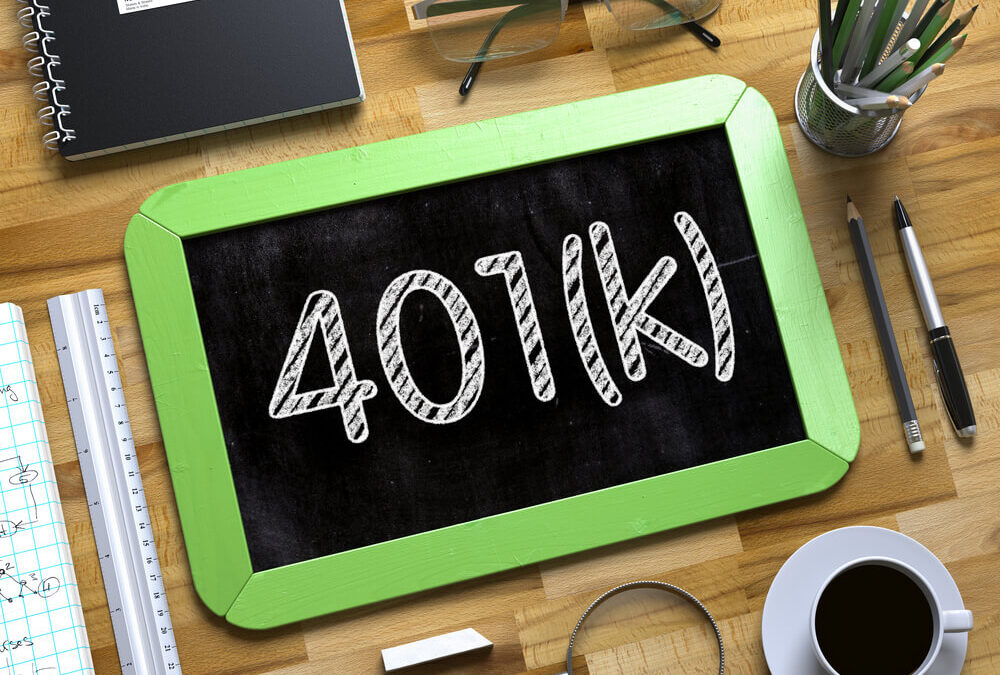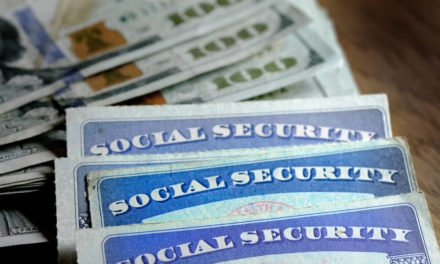If you’re like most small business owners, your main focus is simply getting business in the door. And with business conditions still extremely difficult in the post-coronavirus world, many small business owners are struggling to keep the lights on.
But if your business is stable and cash is flowing, adding a retirement plan should be your next priority. Apart from your own retirement security and protection from lawsuits, having a proper retirement plan can help you attract and retain better employees. So, today we’re going to consider the best small business retirement plan for your company, whether you’re running a one-man shop or employ dozens.
Best Small Business Retirement Plan for a Sole Proprietor
We’ll start with the smallest of small businesses, the sole proprietorship (we’ll lump in single-owner LLCs and other entities here as well).
For the one-man shop, your best small business retirement plan options are the Individual 401(k) — also called a Solo 401(k) — and the SEP IRA.
If you make more than $285,000 in annual income or business profits, there is no functional difference between the SEP IRA and the Individual 401(k). At that income level, you can max out either retirement plan at the full $57,000 allowed for 2020.
But at any income level below $285,000, the individual 401(k) is going to be the best small business retirement plan by a country mile.
Here’s why.
With a SEP IRA, the maximum contribution is 20% of your net profit, up to a maximum of $57,000. But let’s say your profit is only $100,000. The maximum you could contribute would be $20,000.
Now, let’s compare that to a solo 401(k). In all 401(k) plans — be they individual or large company plans — you can contribute $19,500 via salary deferral, or $26,000 if you’re 50 or older. But you can also contribute the same 20% of the net profit. So, on the same $100,000 net profit, you could contribute a total of $39,500 rather than $20,000.
So, for the one-man shop, there is no reason to ever choose the SEP IRA. The administration and investment options are generally going to be the same for both plans, yet the solo 401(k) allows for higher contributions for a given income level. For the sole proprietor, the individual 401(k) is the best small business retirement plan.
And if You Have Employees?
If you have employees, it gets a little more complicated. A proper company 401(k) plan can cost $5,000 or more to administer every year and comes with a mountain of paperwork. For many, this will still be the best small business retirement plan because employees are comfortable with it, and in some cases the owners can contribute as much as $57,000 per year.
But those benefits come at a price in terms of high fixed cost and additional work for your payroll staff.
The SEP IRA is cheaper and easier to administer but it’s generally not ideal when you have employees. To start, there is no salary deferral. You can make employer contributions to your employee accounts, but these have to be consistent throughout the organization. You can’t sock away 20% for yourself and only 3% for your employees.
The best small business retirement plan for many smaller firms with employees is going to be a third option called the SIMPLE IRA.
A SIMPLE IRA “looks like” a 401(k) in that contributions can be a mixture of employee salary deferral and employer matching. But unlike a 401(k) plan, there are no real administrative costs.
The only real downside to a SIMPLE IRA is the lower deferral amounts. Employees can dump $13,500 into a SIMPLE IRA each year, which is significantly less than the $19,500 currently allowed for 401(k) plans. But most employees are unlikely to contribute the full $19,500 in any given year anyway, so that’s going to generally be a moot point for most.
If you’re a small business owner, you’ll obviously need to do a little more research. But this should at least get you pointed in the right direction.
• Money & Markets contributor Charles Sizemore specializes in income and retirement topics, and is a frequent guest on CNBC, Bloomberg and Fox Business.
Follow Charles on Twitter @CharlesSizemore





